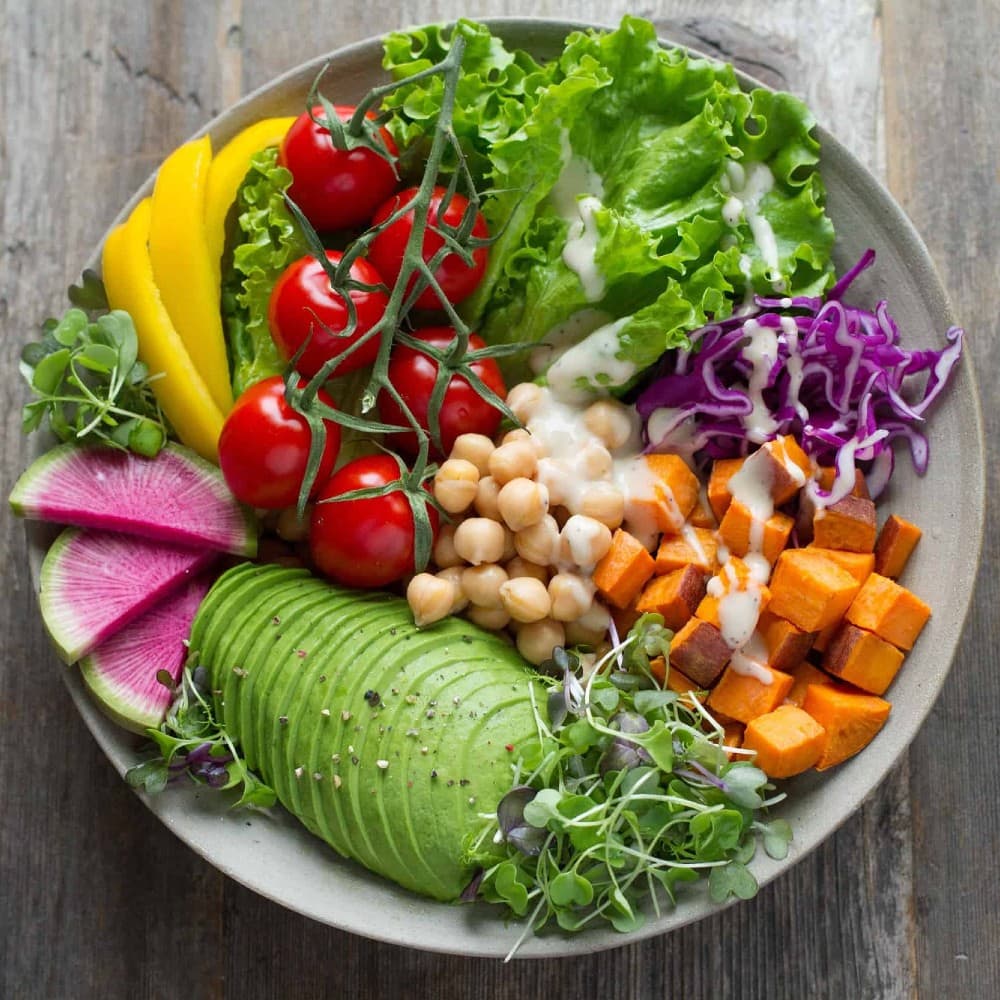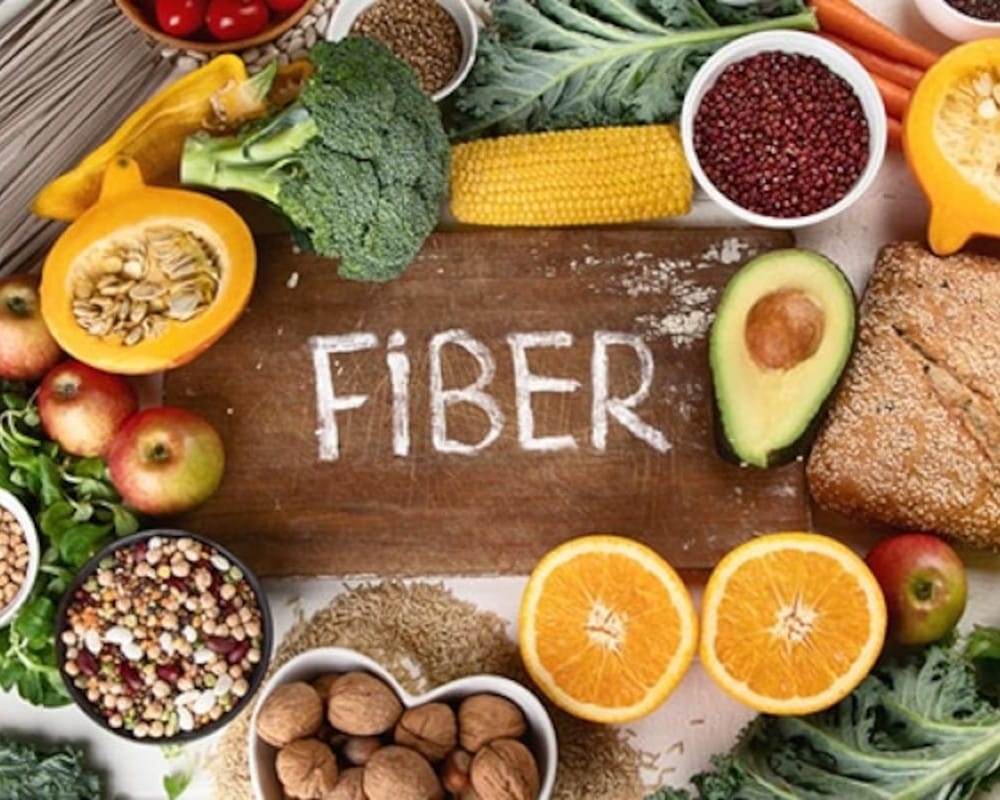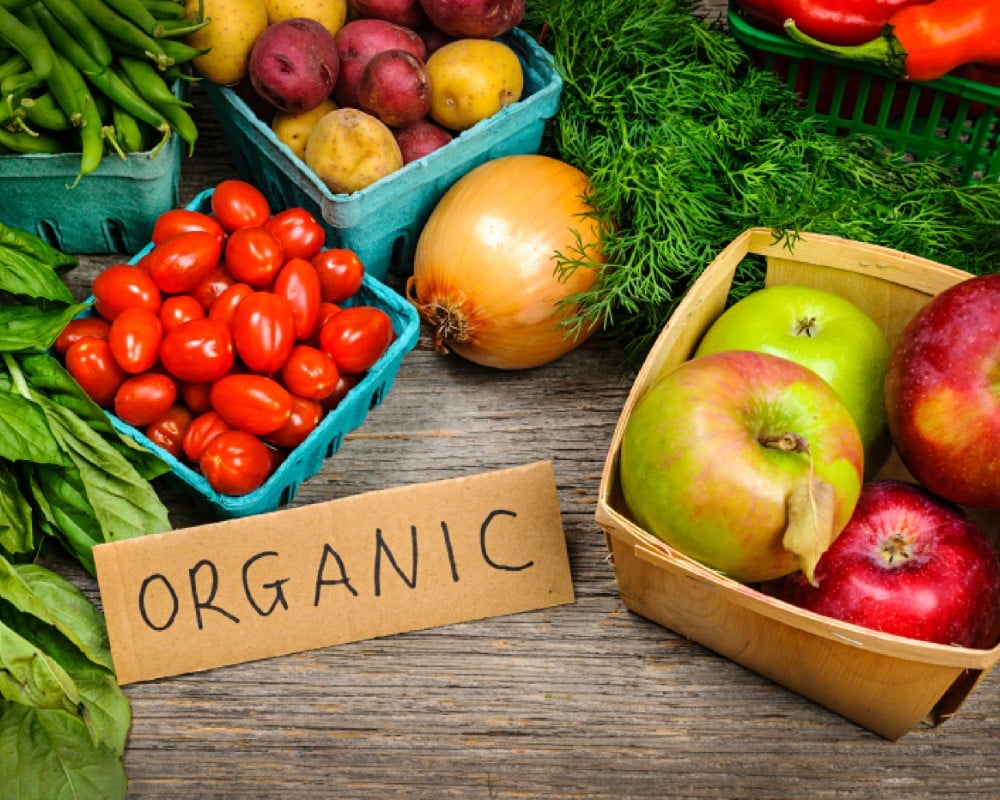
The latest trend in home features is the backyards! According to a report by Zillow, backyards are now the number one sought-after feature, with a 22% increase in mention on property listings. Home sellers and their agents are capitalizing on this growing demand in the real estate market. Recent years have highlighted the importance of outdoor spaces for physical and mental well-being. As homeowners reevaluate their living spaces, backyards have evolved from nice-to-have to a must-have, serving as an extension of the home.
Upgrading Your Outdoor Space
Size matters less than functionality, as buyers appreciate well-designed and low-maintenance outdoor spaces that offer both relaxation and enjoyment. Enhancing your backyard not only improves your quality of life but can also increase your home’s resale value.

When considering upgrades, it’s essential to envision your family’s preferences while keeping potential buyers in mind. Small additions like a modest fire pit or a full-fledged outdoor kitchen can elevate the aesthetic appeal of your backyard. Sought-after features such as patios, pools, covered porches, verandas, gardens, and fenced backyards can attract potential buyers even more.
Trends in Backyard Features
While patios and pools are making a comeback in property listings, some previously prized features like balconies, roof decks, and picket fences are also being mentioned less frequently. The resurgence of pools can be attributed to trends like cocktail or plunge pools, offering lower-cost options.

Additionally, drought-tolerant or resistant landscaping is gaining popularity in water-restricted areas, reflecting buyers’ interest in sustainable maintenance.
Improving Curb Appeal
Focusing on curb appeal is crucial to creating a positive first impression. Regular maintenance, fresh ground covering, landscaping, and outdoor lighting can significantly enhance the exterior appeal of your backyards as well as your homes.

Walkways, bug spraying, tree trimming, power washing, and installing smart tech like automatic sprinklers, motion-detector lights, and CCTVs to your backyards can add value to your properties with minimal investment.
7 Clean Diet Tips to Fight Inflammation

Clean eating and following an anti-inflammatory diet have become popular topics concerning nutrition and health. While the exact definitions may vary, the underlying principles focus on consuming minimally processed foods and reducing inflammation in the body. Here are a few key points to help you understand and incorporate these concepts into your lifestyle.
Prioritizing Foods without Labels
Choosing foods that don’t require labels is a fundamental aspect of clean eating. These unprocessed foods are rich in nutrients and provide numerous health benefits, including combating inflammation. When selecting minimally processed foods with labels, always try to avoid artificial additives, excessive sodium, trans-fats, and added sugars.
Filling Up on Fiber

Fiber, found only in plant-based foods, is essential for a healthy diet. However, most people fall short of the recommended daily intake. Increasing your fiber intake helps reduce inflammation and supports a healthy gut. Aim for 30-40 grams of fiber per day by incorporating whole grains, fruits, vegetables, and legumes into your meals.
Keeping Tabs on Added Sugar
Added sugars can contribute to inflammation and various other chronic diseases. Be mindful of foods with added sugars, and aim to limit your daily intake of sugar. Read food labels and choose products with minimal added sugars. Use natural sweeteners like fruits or mashed bananas instead of refined sugar when preparing meals and baked goods.
Skipping the Salt
Excessive salt consumption leads to high blood pressure and inflammation. Check food labels for sodium content and try to consume whole, unprocessed foods that naturally contain less salt. Try to enhance the flavor of your regular meals with different herbs, spices, vinegar, lime juice, or salt-free seasoning blends.
Going Organic

Organic foods have gained popularity due to their potential health and environmental benefits. While research suggests that certain pesticides used in conventional farming may contribute to inflammation, the extent of their impact remains uncertain. If feasible, choose organic produce for items like leafy greens and strawberries, which tend to have higher pesticide residue.
Getting Smart about GMOs
Genetically modified organisms (GMOs) can be found in some common food products, primarily soy, corn, papaya, and cassava, as well as in additives, preservatives, and flavorings. Although controversial, some studies have linked GMOs to inflammation and other health issues.
Rethinking Meat
While meat can be a source of nutrients, it may also contribute to inflammation. Consider substituting meat with plant-based proteins, such as legumes, to benefit from the fiber and phytonutrients found in plants. If you want to consume meat, opt for lean options and limit your intake of saturated fats.